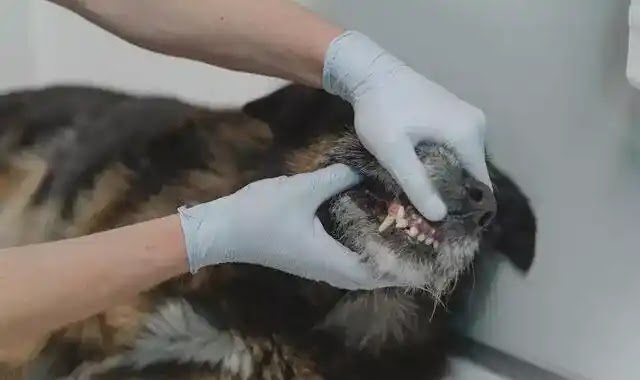Veterinary costs are rising, so many pet owners are considering pet insurance. This article will show you the pros and cons of pet insurance, what to pay attention to, and help you determine whether you need it. Finally, I'll show you some simple tips to reduce your likelihood of needing pet insurance for your dog or cat.
Veterinary medicine and surgery have advanced significantly over the past 10 years. Specialized care for conditions such as cancer can easily cost the pet owner over $5,000.
Advanced diagnostics such as MRI and landmark surgeries such as kidney transplantation are now available; once life-threatening conditions are now treatable but you owning the pet can cost you thousands of dollars.
Fortunately, your pet will probably never need these advanced treatments. I think that most people are better off saving money in a savings account; in most cases, it is financially better not to have pet insurance. Instead of spending $50 a month on pet insurance, put $50 a month in a savings account.
In 1 year, you would have saved $600 on emergency veterinary care. pet insurance deductibles range from $100 to $250 per visit, so for your average vet visit, you shouldn't have to purchase insurance. pet insurance isn't always the answer; As with other types of insurance, you often can't get it when you need it most.
secrets you don't want to know
There are many things to consider, such as the monthly cost, deductible, exclusions, surcharges, payment limits, and penalties for multiple claims. Monthly costs range from $30 to over $100 per month. All insurance companies have deductibles that typically average $250, meaning you have to spend more than that amount to get reimbursed.
Most companies have exclusions on pre-existing conditions and hereditary conditions; for example, if you insured your German Shepherd puppy who was diagnosed with dysplasia at 9 months old, you probably wouldn't be covered by the insurance company. Most companies have a payment limit for the life of your pet, with limits per year; major surgery will only be partially covered. The monthly premium will often increase as your pet ages or you make claims (which of course was why you purchased insurance in the first place). To assess whether or not you need pet insurance, you need to ask yourself 2 big questions.

Pet insurance: Insurance companies' secrets you don't want to know
How much would you be willing to spend if your dog or cat suffering from a serious illness? Would you be able to pay for all these expenses yourself? If you were willing to spend thousands of dollars on your pet, but are unable to pay for it all yourself, then you are a candidate for pet insurance.
owners were Trupanion.In the end, what you want is to avoid using pet insurance in the first place. This means keeping your dog or cat healthy to prevent more common illnesses. Feed your pet quality dry and canned foods, as well as foods you prepare at home.
Administer only the minimum number of vaccines as infrequently as possible and avoid overuse of conventional drugs. If possible, use natural options with minimal side effects. Give your pet regular exercise and attention, including weekly home examinations of your pet. It ultimately comes down to being an involved and licensed pet owner by supporting your dog or cat's health with or without insurance.
Now you should understand why veterinary bills are rising and more and more pet owners are considering pet insurance as an option. There are serious issues with many insurance companies, so before purchasing pet insurance, you should know the monthly cost, deductible, exclusions, surcharges, payment limits, and penalties, or file multiple complaints. Finally, you should be able to follow some basic steps to keep your pet healthy in preventing illnesses at home by avoiding pet insurance first.

